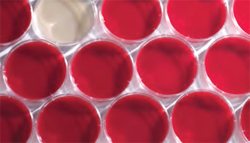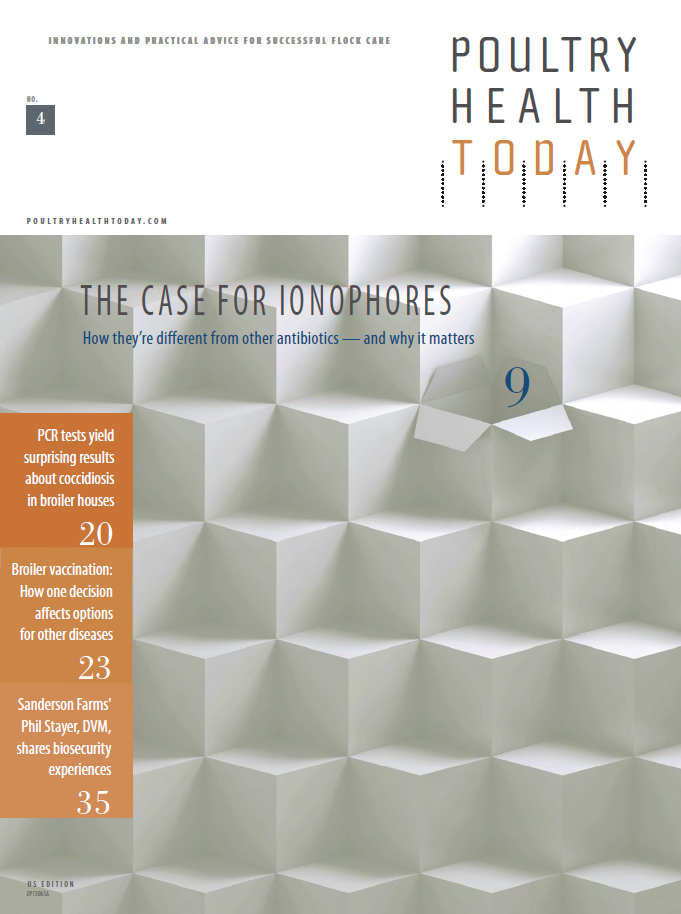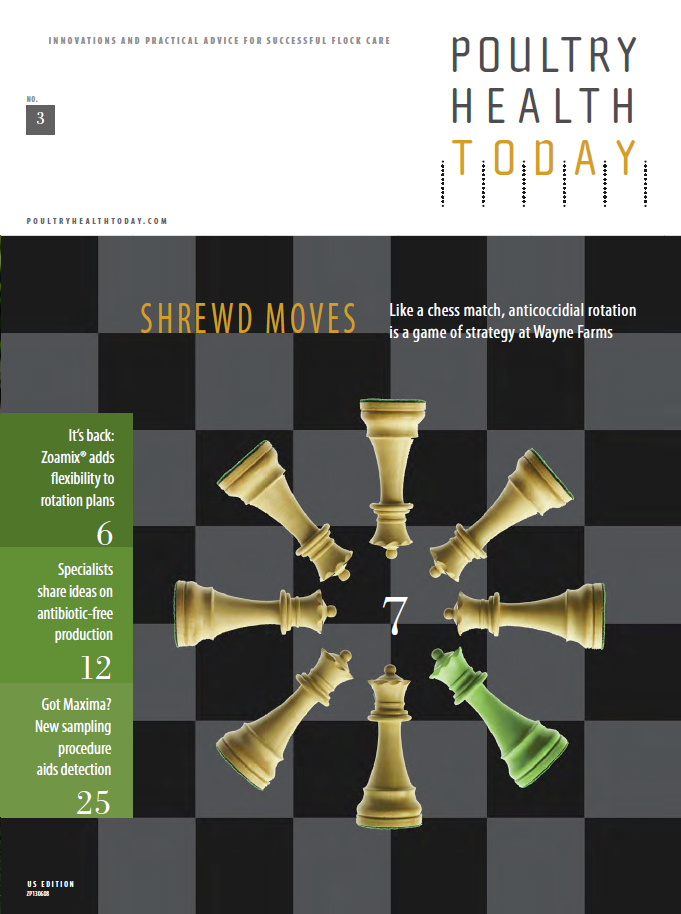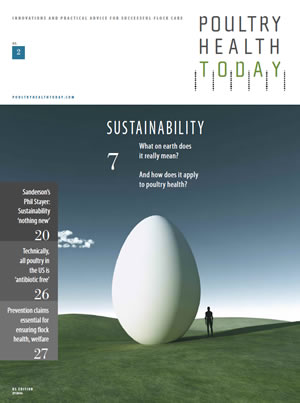

S. enteritidis frequency in eggs similar in conventional and enriched cage systems

The frequency of egg contamination with Salmonella enteritidis did not significantly differ between hens housed in conventional and enriched cages, investigators say in the March 2014 issue of Poultry Science.
They conducted their study because most human illness caused by S. enteritidis is attributed to consumption of contaminated eggs and because animal-welfare concerns have increasingly influenced housing for commercial poultry, leading to the increased use of enriched cages.
In two trials, investigators orally administered S. enteritidis to groups of laying hens
"Increased use of CVI988/Rispens was cited as the most likely reason for [the] decreasing MD incidence in 49 countries," the scientists concluded. housed either in conventional cages or in colony cages enriched with perching and nesting. They then cultured all eggs laid between 5 and 25 days after inoculation.
In both trials combined, S. enteritidis was recovered from 3.97% of eggs from hens in conventional cages and from 3.58% of eggs laid by hens in enriched cages — a difference that was not statistically significant, report Richard K. Gast, of the USDA's Agricultural Research Service, Athens, Ga., and colleagues.

More Issues















